Reflections on the InfraNorth Workshop “Arctic Infrastructures: Histories of Exploration, Colonization and Industrial Development”
By Alexis Sancho Reinoso, Ria-Maria Adams and Katrin Schmid
The InfaNorth workshop “Arctic Infrastructures: Histories of Exploration, Colonization and Industrial Development” took place on June 14-15, 2022 and was hosted at the Luleå University of Technology, Sweden. The two-day workshop was followed by an excursion along historically significant infrastructural sites in Swedish Lapland. Browsing through the interactive storymap created by Alexis Sancho Reinoso, you can follow the team as they learned more about significant Arctic infrastructures under the guidance of our host, Dag Avango.
The workshop consisted of 15 talks portraying how infrastructures are shaped by history, and how history is inscribed in various infrastructure projects across the Arctic. A final discussion wrapped up the main conclusions. About 30 people participated in the event either online or on-site. Peter Schweitzer, InfraNorth’s PI; and Dag Avango (Luleå University of Technology), the local host, kicked off the first day with some words of welcome. Avango presented the hosting institution and underscored its role in Swedish research and development strategies, notably related to technological innovations in resource extraction and processing. Two papers by Philipp Wight (University of Alaska Fairbanks, US) and Sveker Sörlin (KTH Royal Institute of Technology, Sweden) followed. The first one talked about the Dalton Highway in Alaska and its contested history, while the second one presented a comprehensive theoretical reflection about what he calls environing the Arctic, which includes studying the role of infrastructure and technology in creating spaces and shaping environments.
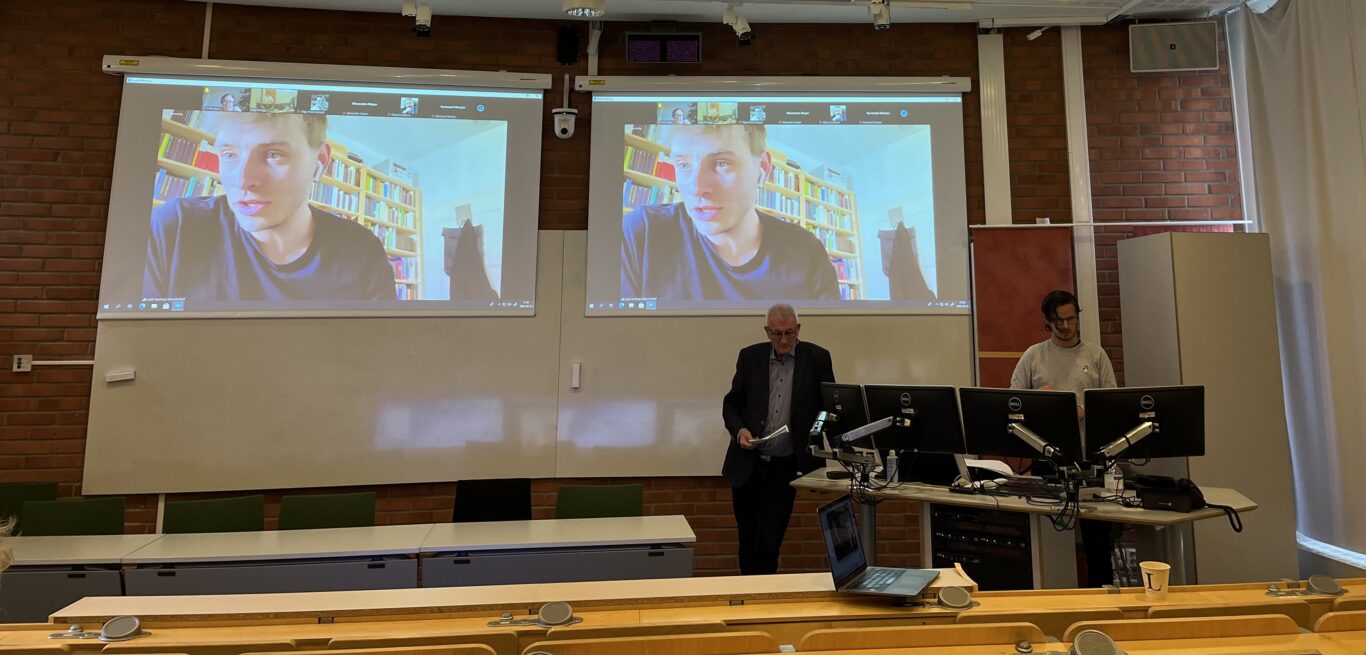
Peter Schweitzer and Olga Povoroznyuk (both University of Vienna, Austria) started the next session by introducing the ERC project “InfraNorth” and by arguing that infrastructures are crucial to understand historical aspects of development and population dynamics in the Arctic. Andreas Mentrup-Womelsdorf (University of Vienna) explained the configuration of the borderscape between Alaska and the Canadian Yukon Territory along the Yukon River. Tobias Holzlehner (Martin-Luther University Halle-Wittenberg, Germany) shared a series of reflections about mutual relationships between archaeology and anthropology by exploring the usage of abandoned infrastructure objects in Chukotka, Russian Federation.
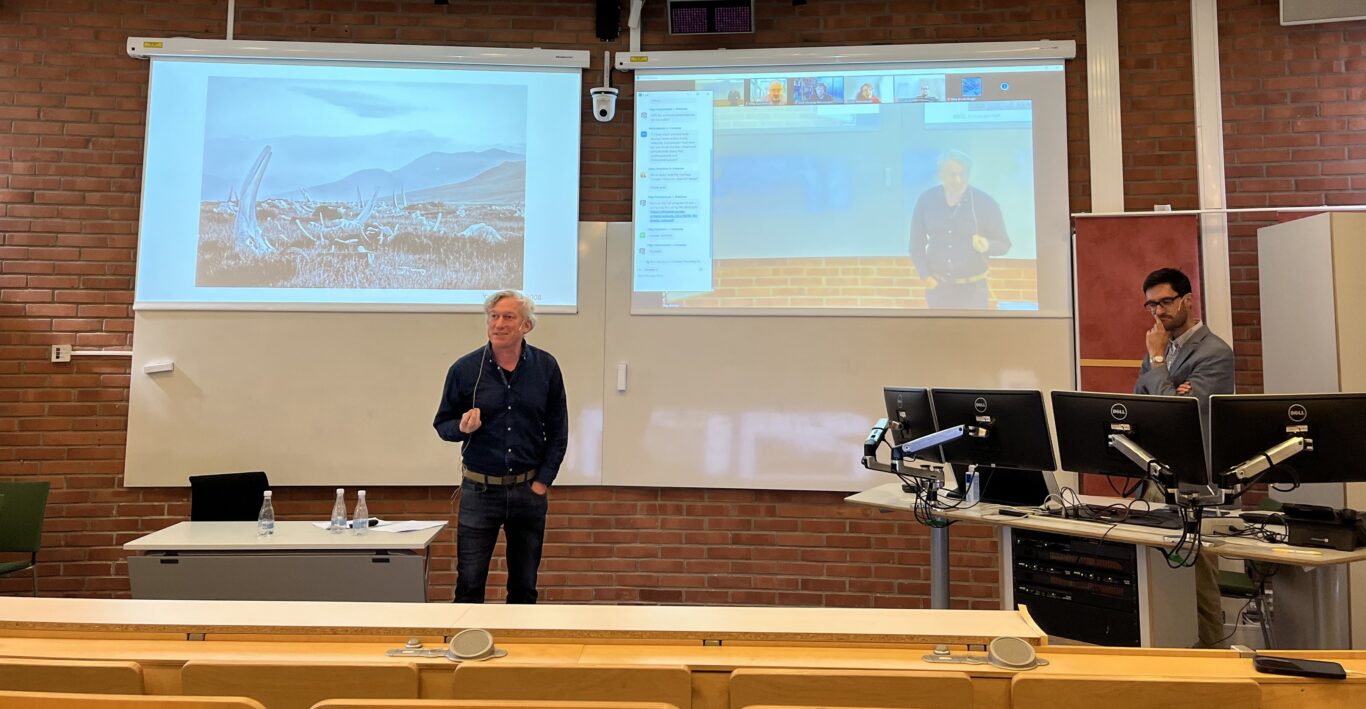
During the next session, Dag Avango highlighted the role of mining legacies when addressing alternative uses for industrial heritage in contemporary Svalbard, Norway. Alexandra Meyer (University of Vienna) explored future scenarios for Svalbard and showed how complex de-industrialization can become under the driving forces of sustainability and geopolitics. Julia Lajus (Max-Planck Institute for the History of Science, Germany and University of Helsinki, Finland) discussed how infrastructures have shaped human activities related to natural resources, knowledge, and heritage and tourism on the Russian White Sea Coast.
Dmitry Arzyutov (University of Oulu, Finland) started the last session of the first day. He presented stories of agricultural experiments conducted in the Russian North, and explained how these experiments shaped infrastructures and their legacies to face current challenges in the Arctic and beyond. Paul Whitney Lackenbauer (Trent University, Canada) followed. He addressed how military “modernization” shaped Northwest Canada during the 20th century, leaving behind a number of infrastructural objects that connect and simultaneously isolate northern peoples. The last presentation of the day was by Sophie Elixhauser (University of Vienna), who offered a series of insights into the histories of East Greenland’s airports, and how they reflect geopolitical interests and socio-economic issues.
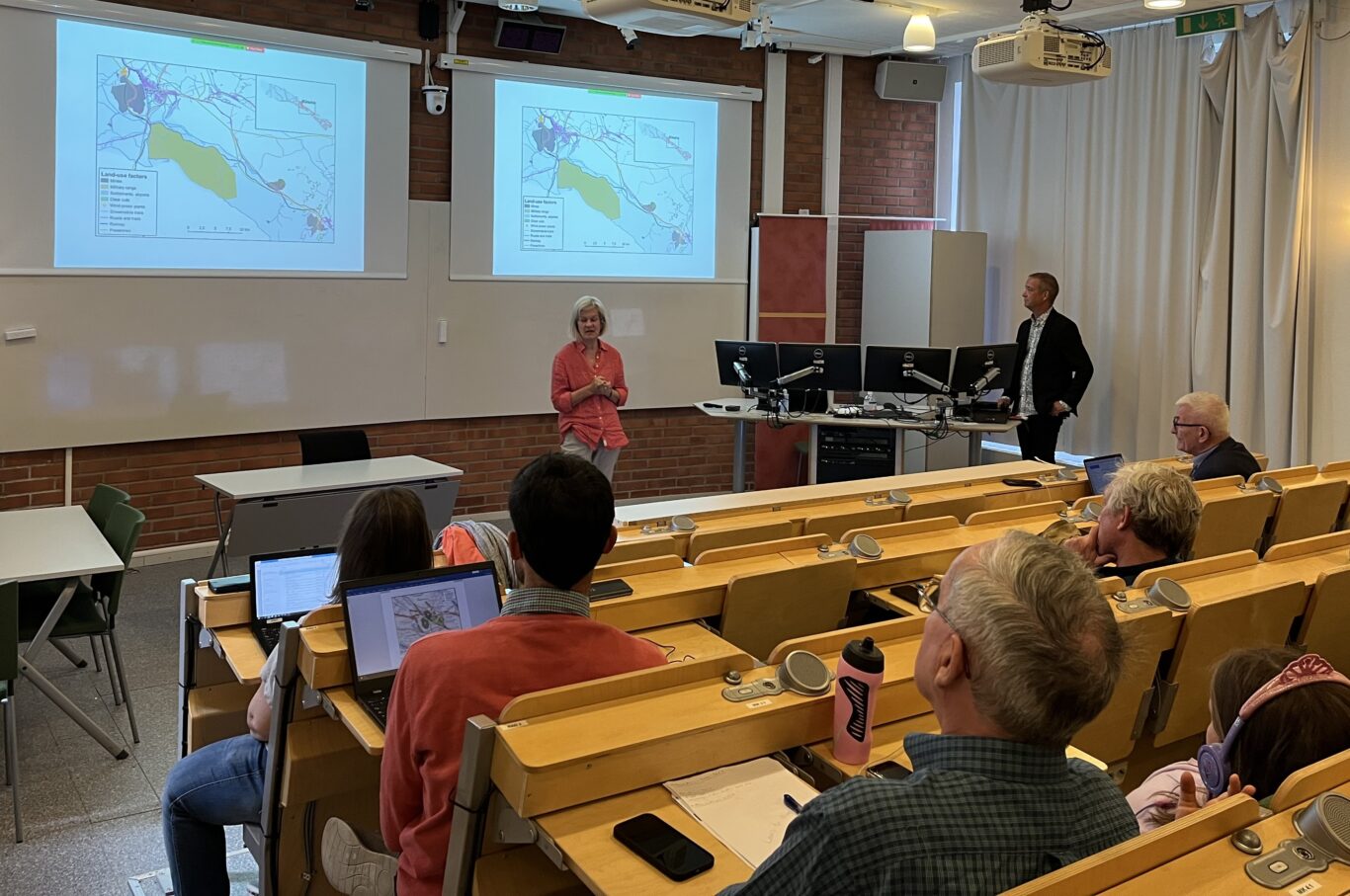
The workshop’s second day included talks by researchers affiliated with the Luleå University of Technology. Judit Malmgren discussed land-use competition in Northern Sweden by highlighting the example of mining, notably in Kiruna, as the outstanding example in the whole region. Jennie Sjöholm continued exploring Kiruna from the urban planning perspective by explaining how the town and its infrastructures are being relocated due to the iron ore pit expansion. Gunhild Rosqvist broadened the scope by offering a comprehensive paper on land use changes and management in Northern Sweden, and how these processes have resulted in landscape fragmentation, which has negatively affected Sámi reindeer herders. Finally, Johan Cederqvist told an exciting and worrying story about the extinction of wild salmon in Northern Sweden, mainly due to the expansion of hydropower.
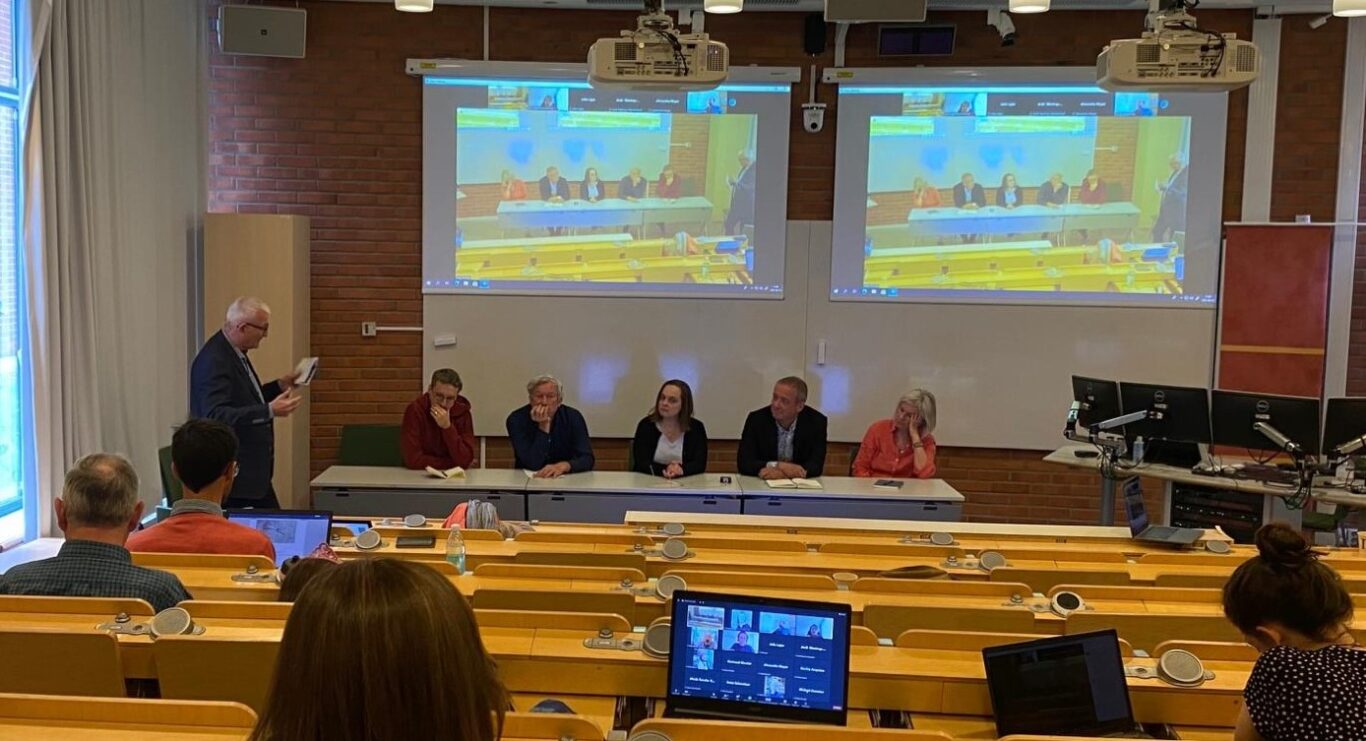
A roundtable with inputs from D. Arzyutov, T. Holzlehner, J. Sjöholm, D. Avango and G. Rosqvist, and moderated by P. Schweitzer, brought the workshop to a close. The discussion was about the entanglements of anthropology and history in exploring Arctic infrastructures. Participants mentioned examples of bringing both disciplines working together (for instance, by sharing collaborative fieldwork methods), and how important interdisciplinary communication is in order to capture nuances of temporality. In this regard, adopting problem-centred instead of discipline-centred approach is key. Likewise, participants highlighted lessons that anthropology can learn from history and vice-versa. One of the strongest statements was that by doing ethnographic research, we have to observe both the collective and the individual dimensions of history and anthropology.
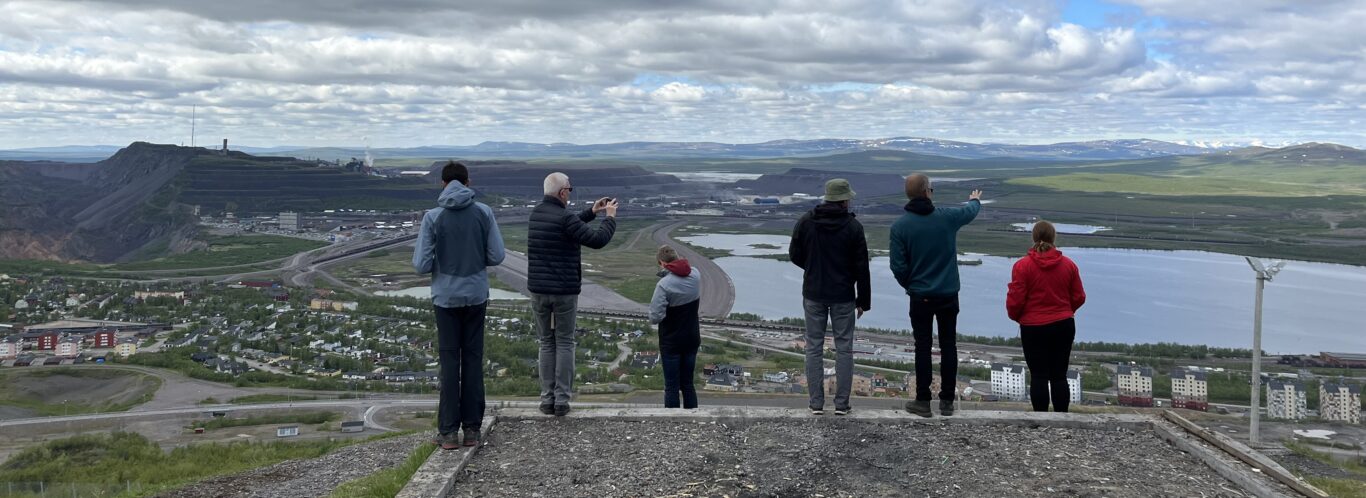
The workshop was rounded-off by a two-day excursion to Kiruna in Swedish Lapland. The trip was conceived to gain a better understanding of historical and ongoing infrastructure projects, which are shaping and changing the landscape and affecting local resident’s livelihoods. This is precisely one of the main objectives of InfraNorth. In Sweden, like in other (Northern) countries, the need for a “green transition” based on “clean” technologies has become a critical matter of politics. However, this transition has enormous contradictions, since resource extraction (which is still necessary to fuel these new technologies) happens at the expenses of Northern territories. For instance, as mining companies plan to expand pits or open new ones, Sámi people are losing land they have been using for reindeer herding for generations. Another example is large-scale hydropower plants, which significantly alter river regimes and, therefore, flora and fauna.
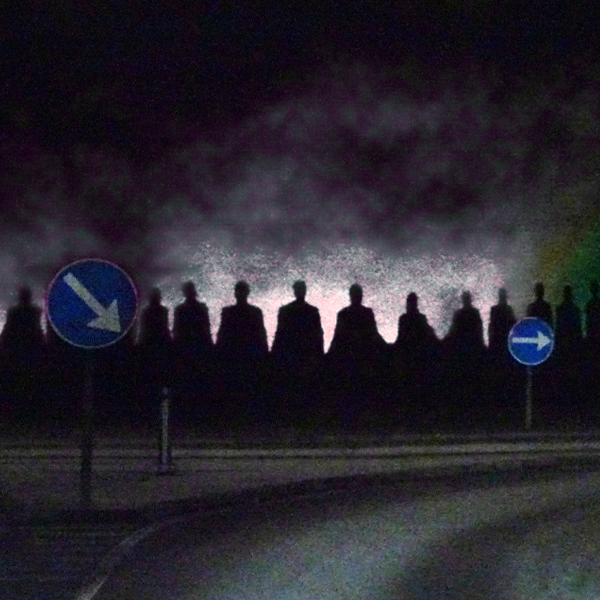

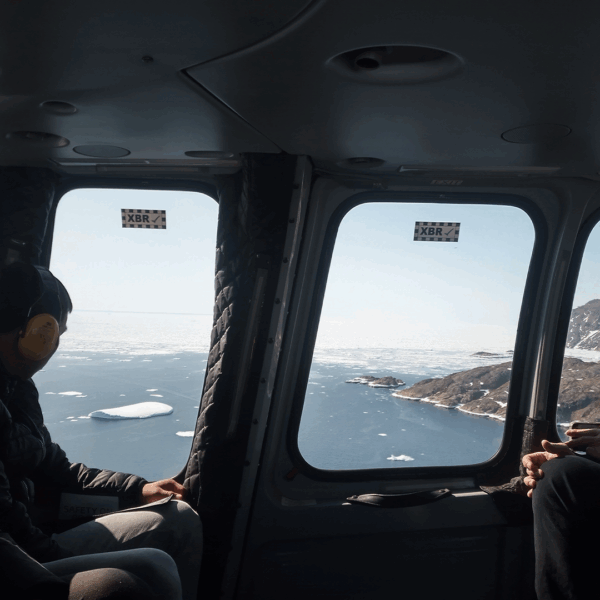
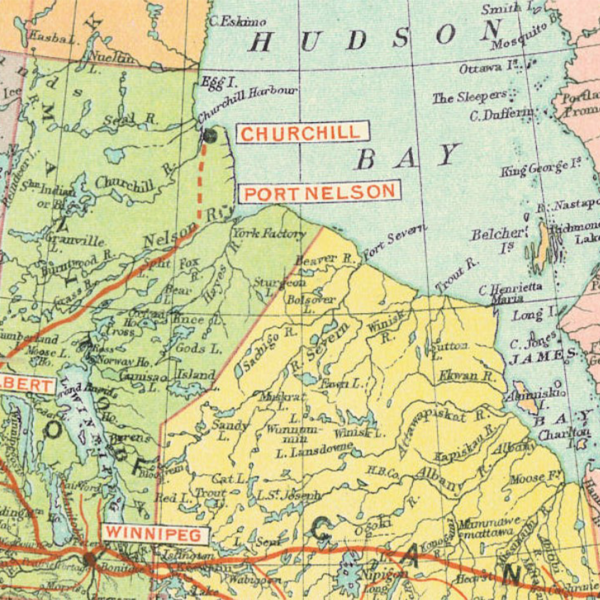

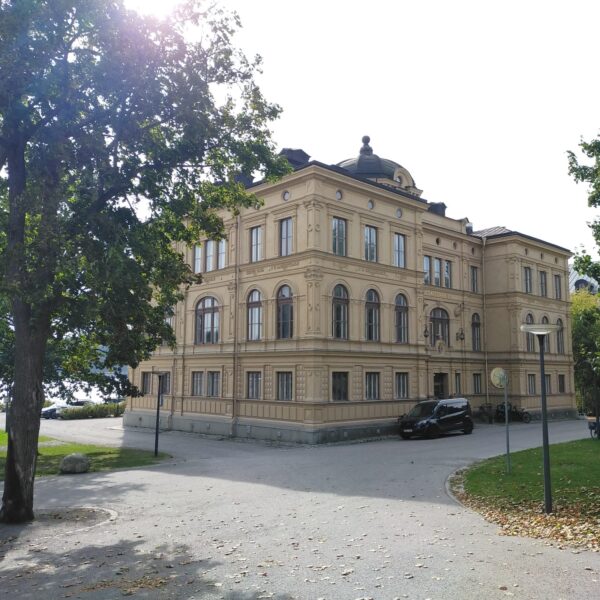
Please login to post a comment...